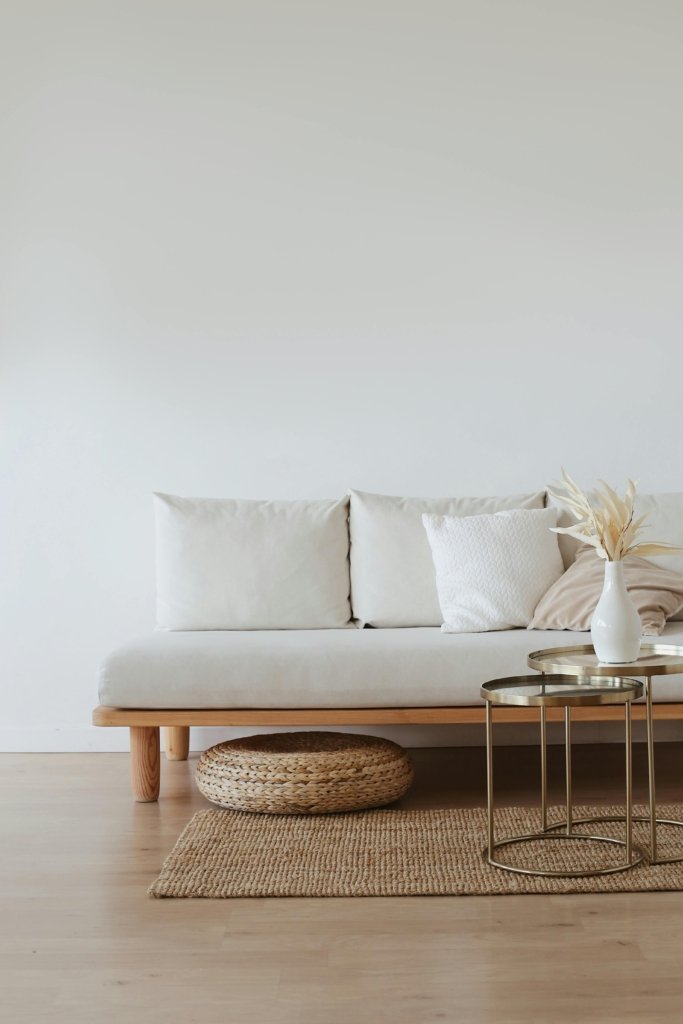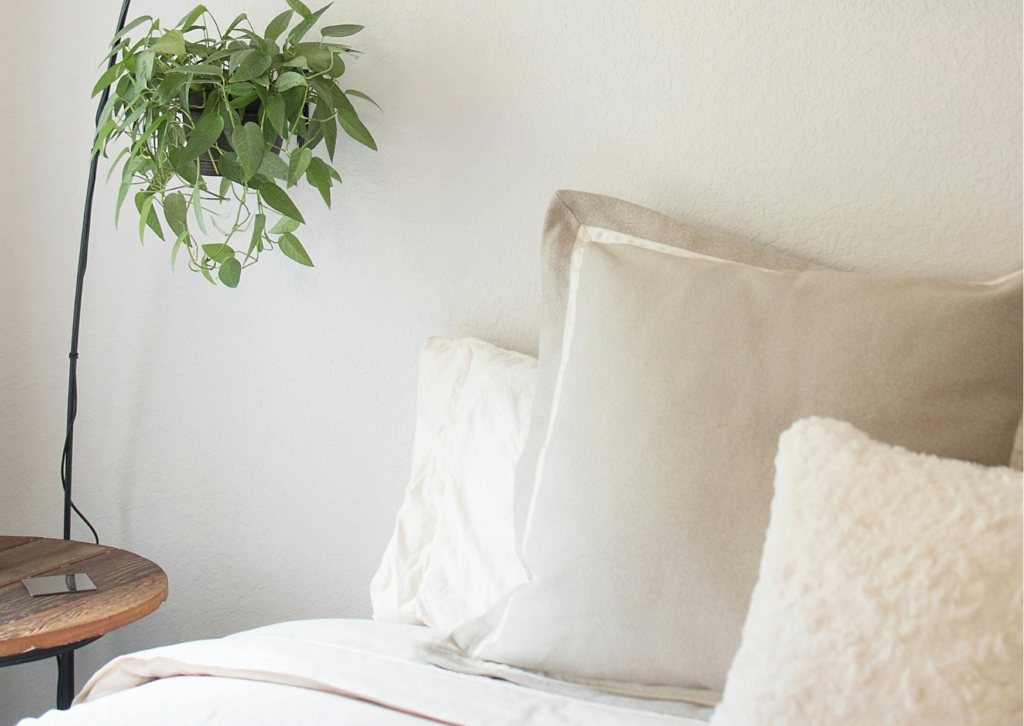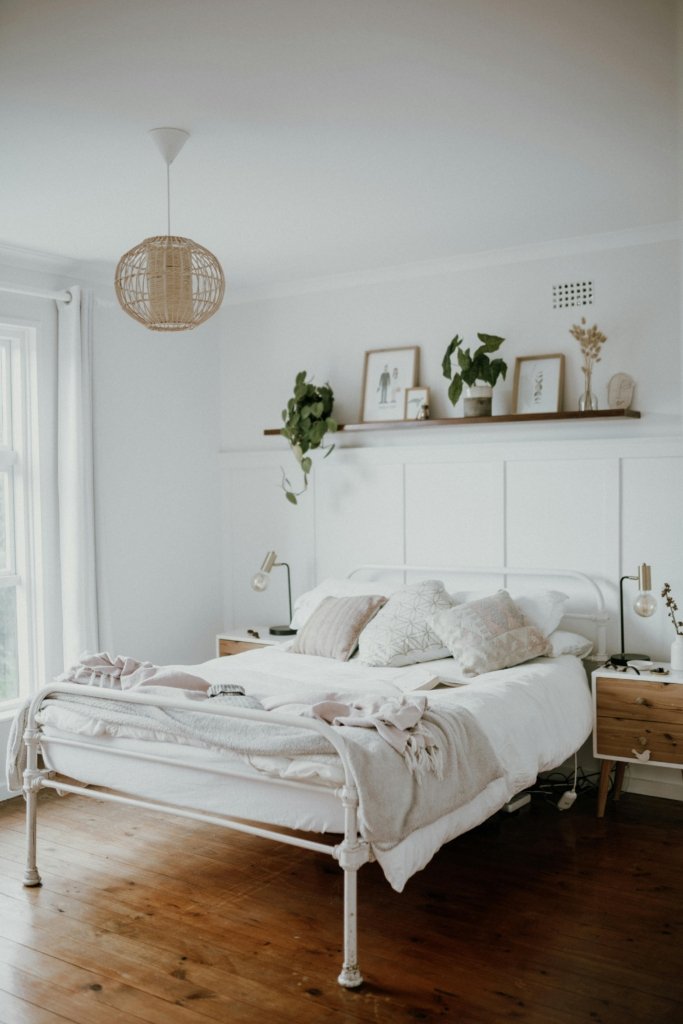“Your Home Isn’t a Museum: Why Staging Sells Faster”
Let’s get one thing straight—your home is not a museum. Sure, you love that collection of garden gnomes you’ve gathered over the years or the bold, mismatched colors that make your space uniquely you, but when it comes time to sell, it’s time to take a step back and see your space through the eyes of a potential buyer. Believe it or not, all that personal flair may be creating more distractions than you think.
But don’t panic! We’re not suggesting you strip your home of everything that makes it yours. Instead, let’s talk about the magic of staging and why it works wonders for selling your home faster and for top dollar.
Staging = More Than Just Pretty Pillows
Think of staging as curating an experience rather than simply decorating. It’s all about highlighting the features that buyers want to see. Staging doesn’t require a complete overhaul of your home, but a little effort goes a long way. When done right, it can make rooms feel larger, brighter, and more inviting—while also showcasing how functional and livable the space can be.



It’s about showing buyers what your home could be for them, not just what it currently is for you. This process helps neutralize any features or décor that might cause a buyer to pause and think, “Well, that’s a bit too weird for my taste.” Think about it—buyers need to envision themselves living in the space, not just appreciating your eclectic style choices.
Depersonalize: Make Room for Their Imagination
It’s completely natural to feel attached to your belongings. However, one of the key principles of staging is depersonalizing the space. Sure, we all love our family photos, but when potential buyers walk through your home, they don’t want to feel like they’re stepping into someone else’s life. They want to picture their own life unfolding there.
This doesn’t mean you need to throw everything out; it just means putting away the personal items like family photos, unique artwork, and that life-sized Elvis statue you keep in the hallway. The goal is to make the space feel welcoming and neutral, which allows buyers to imagine their own memories and belongings in the home.
Highlight the Features That Matter
While you may adore your rustic farmhouse kitchen with its mismatched cabinets, buyers are likely more impressed with a well-lit, organized space. It’s time to focus on highlighting what’s actually going to sell your home—the things that buyers are looking for.
Start by arranging furniture to open up the space and make it feel airy. Add touches of modern, clean décor that accentuate the room’s best features, like a beautiful fireplace or large windows. A fresh coat of neutral paint can help, as well as ensuring every room is functional and free of clutter.
The kitchen is often the heart of the home, so make sure counters are clear and it feels spacious. Bathrooms should sparkle, with towels neatly arranged and surfaces clear. If you have a home office or bonus room, help buyers see the potential by staging it to show its versatility.
Don’t Forget the Curb Appeal
You know the saying, “You never get a second chance to make a first impression.” Well, the same goes for selling your home. The exterior is the first thing buyers will see, so don’t neglect it. A clean, manicured lawn, freshly painted front door, and attractive lighting can make a huge difference. Curb appeal isn’t just about aesthetics—it’s about setting the tone for the rest of the viewing.
It’s Not About Erasing Your Style, It’s About Creating a Canvas for New Memories
Now, we know it’s hard to say goodbye to your beloved knick-knacks and bold color choices. But staging doesn’t erase your personal style; it just helps create a canvas where buyers can picture themselves creating their own memories. It’s like preparing a home to be a blank page, ready for them to write their own story.
You don’t need to hire an expensive designer to pull this off (though if you can, go for it!). A few well-placed items, some fresh flowers, and a little creativity are all it takes to make a big impact.
The Bottom Line: Effort = Reward
Here’s the deal: staging your home doesn’t have to be complicated, and it certainly doesn’t have to be expensive. But the benefits are undeniable. Homes that are staged tend to sell faster and for higher prices than those that aren’t. Buyers can see the potential, and that’s what seals the deal.
So, before you list your home, put in a little time and effort to stage it. It’ll be worth it. And remember, if you need help, a professional stager can take your home to the next level. After all, the goal isn’t just to sell—it’s to sell at the best price possible, and staging is one of the easiest ways to make that happen.

